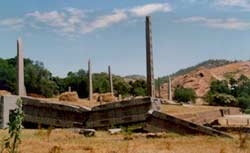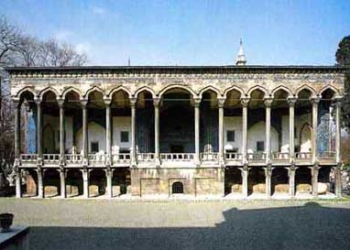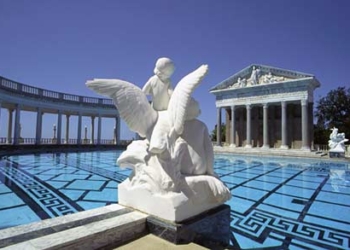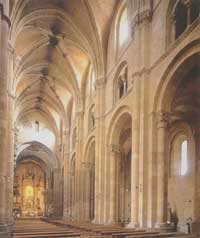 Known as the “City of Saints and Stones” by the people of Castilla, Avila was established by Celtic tribes, later becoming a Roman outpost before being captured by the Visigoths.
Known as the “City of Saints and Stones” by the people of Castilla, Avila was established by Celtic tribes, later becoming a Roman outpost before being captured by the Visigoths.
It embraced Christianity in the 1st century AD, thanks to Saint Segundo, the first bishop of Avila, and later converted to Islam from the 8th to the 11th centuries.
In 1090, after the Muslims were expelled from Castilla, ancient stone walls began to be constructed around the city. This 2.5 km long wall, featuring over 80 semi-circular towers and 9 grand gates, still stands today. Avila is home to many religious structures, particularly the Gothic cathedral from the late 12th to 13th centuries, with its arrow slits above the choir reminding us of the city’s defensive function.
The Romanesque church of San Vicente is essentially a museum of late 12th-century Romanesque sculptures. In the San Tomas monastery (late 15th century), there are tombs of Tomas de Torquemada, the Grand Inquisitor, and Don Juan, the only son of the Catholic Monarchs Ferdinand and Isabella.
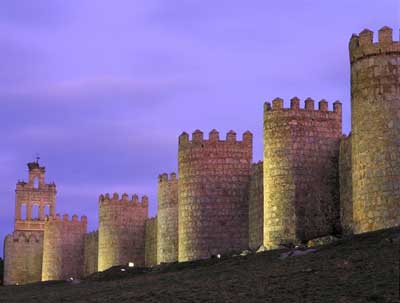
The Incarnation Monastery was built on the site of the former home of Saint Teresa of Avila (1515-1582), a Spanish nun and mystic from Avila, who reformed the Carmelite order and left behind masterpieces of spiritual poetry. Avila, along with its Romanesque churches on the outskirts, was inscribed as a UNESCO World Heritage Site in 1985.








































